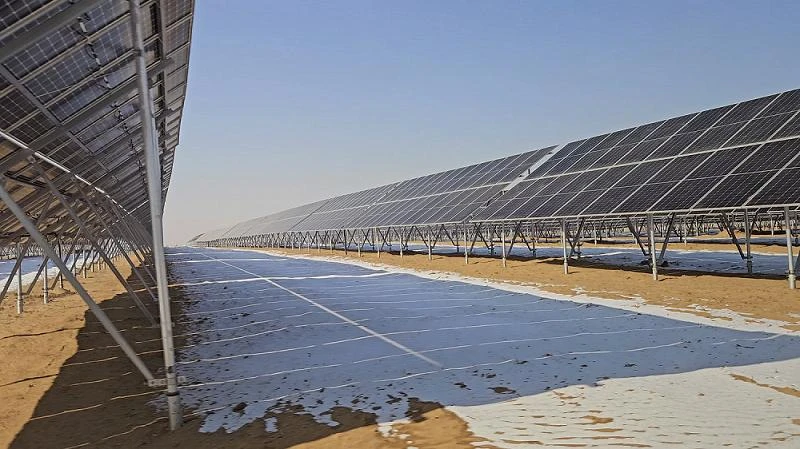Current Prices of Solar Panels in China and Market Trends
An Overview of Chinese Solar Panel Prices Factors Influencing Costs and Market Trends
The global push for renewable energy has led to a significant rise in the popularity and adoption of solar panels, particularly those manufactured in China. As the world's largest producer of solar photovoltaic (PV) technology, China's solar panel prices play a crucial role in shaping the global renewable energy market. Understanding the factors influencing these prices can provide insights into the current landscape and future trends.
Current Pricing Landscape
As of late 2023, the prices of Chinese solar panels have shown some fluctuations, influenced by various market dynamics. Generally, the average price per watt for Chinese solar panels ranges from $0.25 to $0.40, making them some of the most affordable options on the market. This pricing advantage has been a significant factor in the rapid growth of solar installations worldwide, especially in countries aiming to meet renewable energy targets.
Factors Influencing Solar Panel Prices
1. Manufacturing Costs One of the primary drivers of solar panel prices is the cost of manufacturing. China's robust manufacturing infrastructure, combined with economies of scale, allows for reduced production costs. The adoption of advanced technologies in manufacturing processes has further enhanced efficiency and lowered overall expenses.
2. Raw Material Prices The costs of raw materials, particularly silicon, which is the main component of solar cells, have a direct impact on solar panel pricing. Global supply chain issues, trade policies, and fluctuations in demand can affect the availability and price of these materials. For instance, recent increases in polysilicon prices have caused concerns over potential hikes in solar panel costs.
chinese solar panels prices

3. Government Policies and Subsidies Chinese government policies significantly influence the solar manufacturing sector. Subsidies and support for solar technology development have helped maintain competitive pricing for Chinese manufacturers. The Chinese government's focus on becoming a leader in energy transition has also led to increased investments in solar technology, which may stabilize or reduce prices further.
4. Global Trade Dynamics Tariffs and trade agreements between countries also play a critical role in determining the pricing of Chinese solar panels. For instance, trade tensions between the United States and China have led to tariff impositions on Chinese solar imports, affecting market prices and availability. As countries navigate these trade relationships, the impact on pricing can be substantial.
5. Technological Advancements Continuous advancements in solar technology result in the development of more efficient and cost-effective solar panels. New techniques in cell efficiency, such as bifacial modules and PERC (Passivated Emitter and Rear Cell) technology, are becoming more prevalent, offering consumers better performance at competitive prices.
Market Trends and Future Outlook
Looking forward, the demand for solar energy is expected to continue its upward trajectory, driven by increasing environmental consciousness and the need for sustainable energy sources. As a result, Chinese solar panel manufacturers are poised to expand their production capabilities, which may lead to continued reductions in prices.
Furthermore, advancements in energy storage solutions, such as battery technologies, may complement solar panel use, making solar energy more accessible and appealing to consumers. The evolution of energy markets will likely impact the overall dynamics of solar energy pricing, with a focus on affordability and stability.
In conclusion, Chinese solar panel prices remain a critical factor in the global renewable energy landscape. As manufacturing costs decrease and technological advancements continue, solar energy offers a viable and increasingly economical alternative to traditional energy sources. With ongoing developments in policy, trade, and technology, the future of solar panels looks bright, promising a cleaner energy future for the world.
-
String Solar Inverter: The High-Efficiency Solution for Smart Solar EnergyNewsJul.14,2025
-
Revolutionizing Rooftop Energy with the Power of the Micro Solar InverterNewsJul.14,2025
-
Power Independence with Smart Off Grid Solar Inverter SolutionsNewsJul.14,2025
-
On Grid Solar Inverter: Powering the Future with Smart Grid IntegrationNewsJul.14,2025
-
Monocrystalline Solar Panels: High-Efficiency Power for the Future of Clean EnergyNewsJul.14,2025
-
Bifacial Solar Panel: A Smarter Investment for Next-Generation Energy SystemsNewsJul.14,2025







